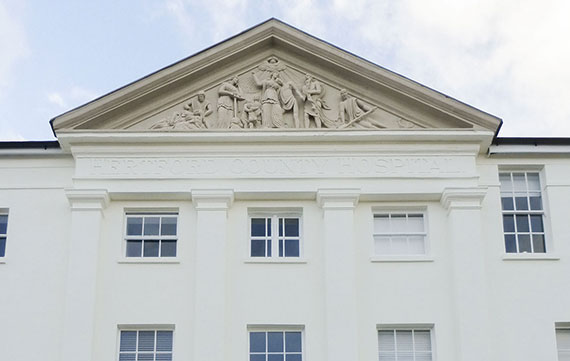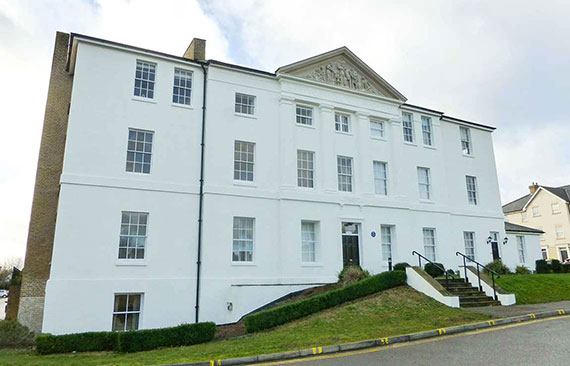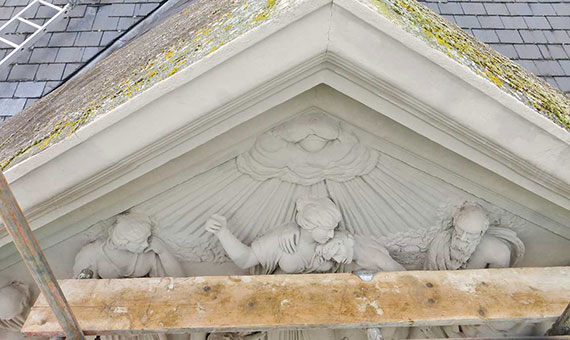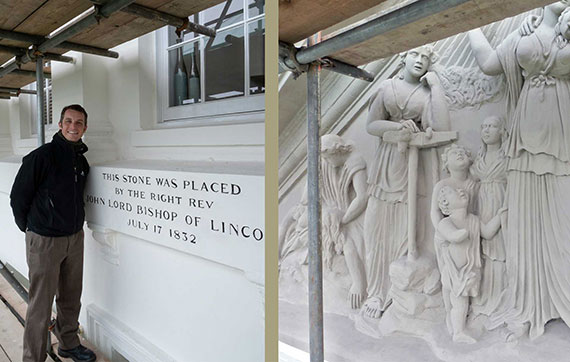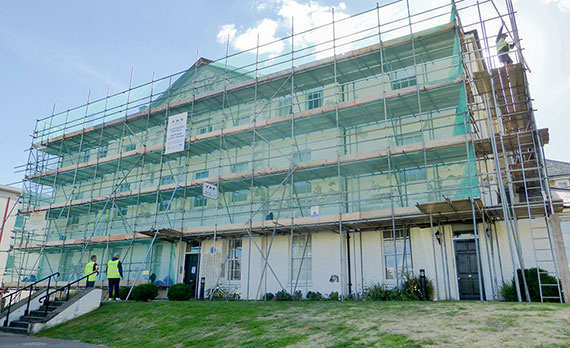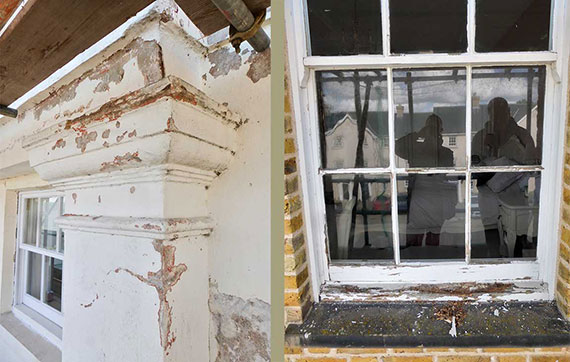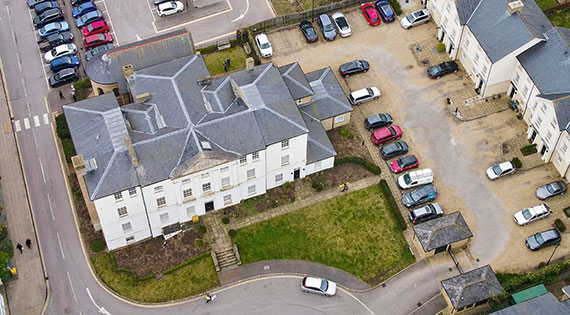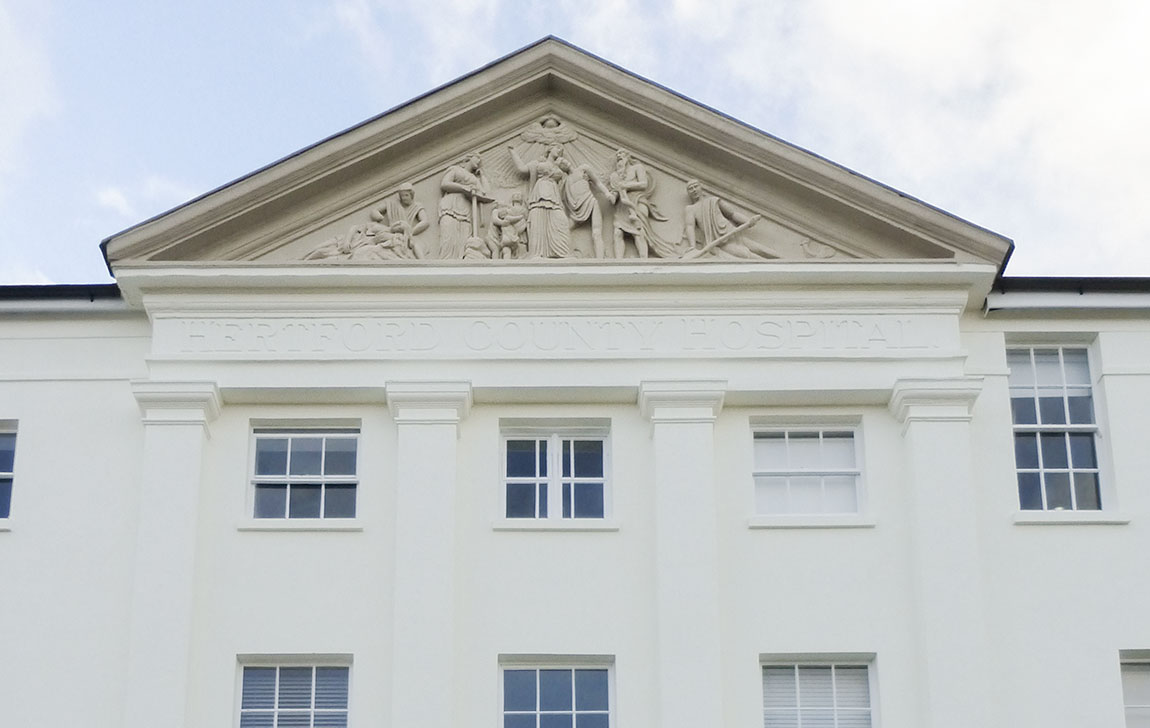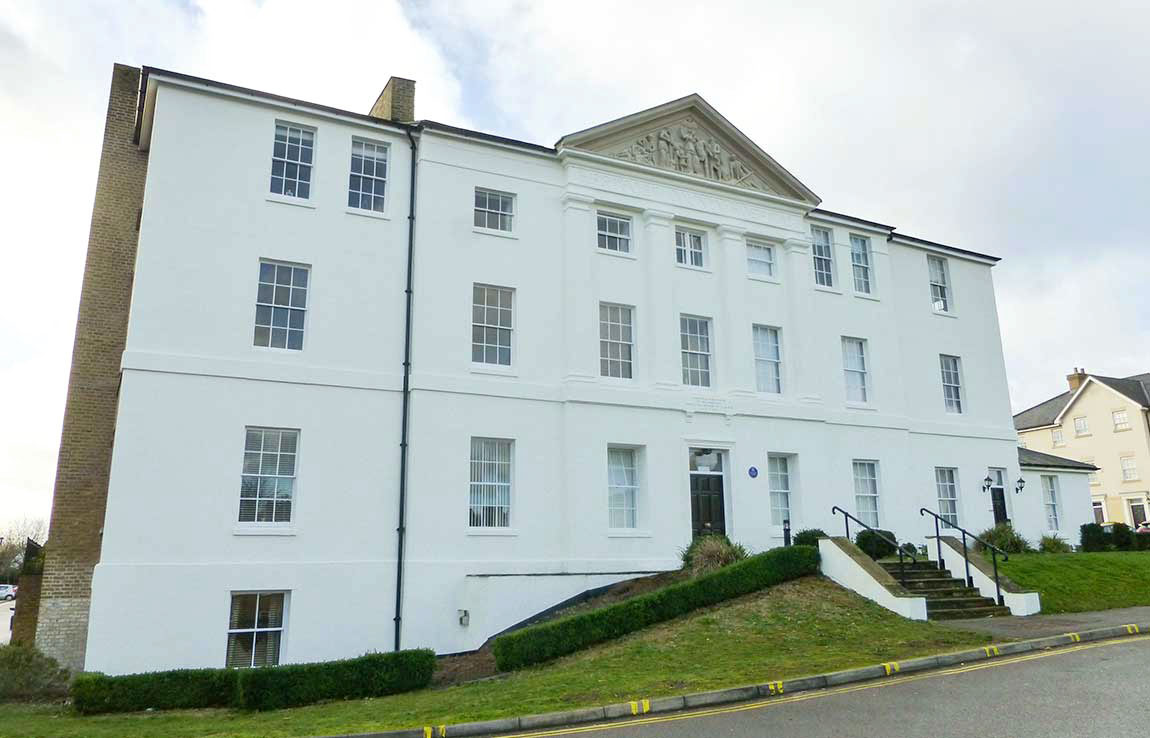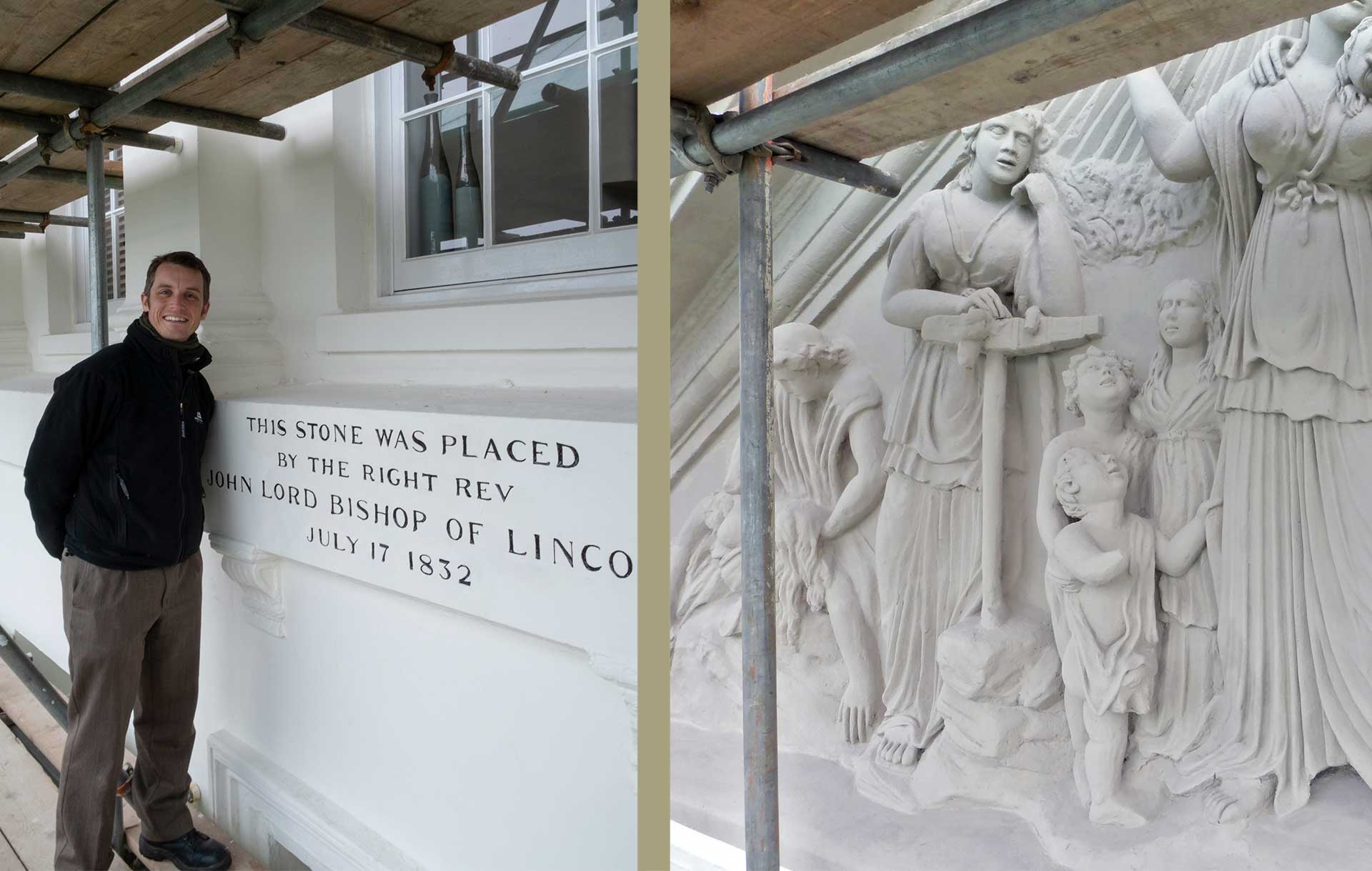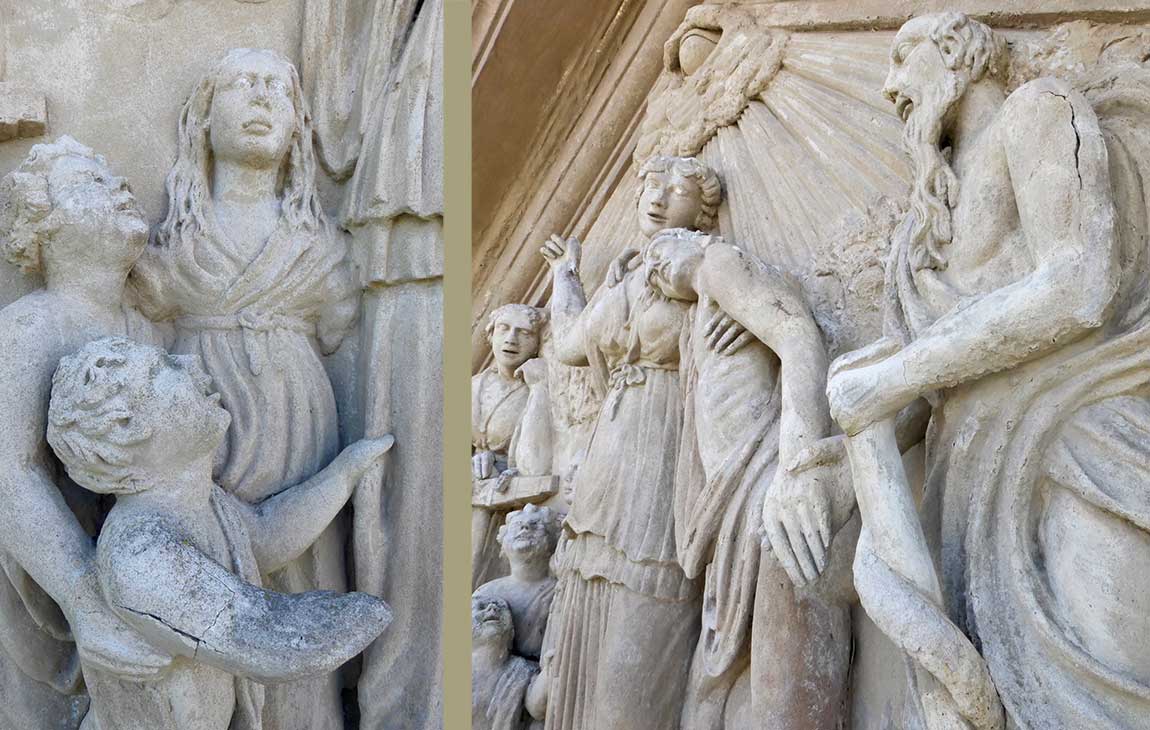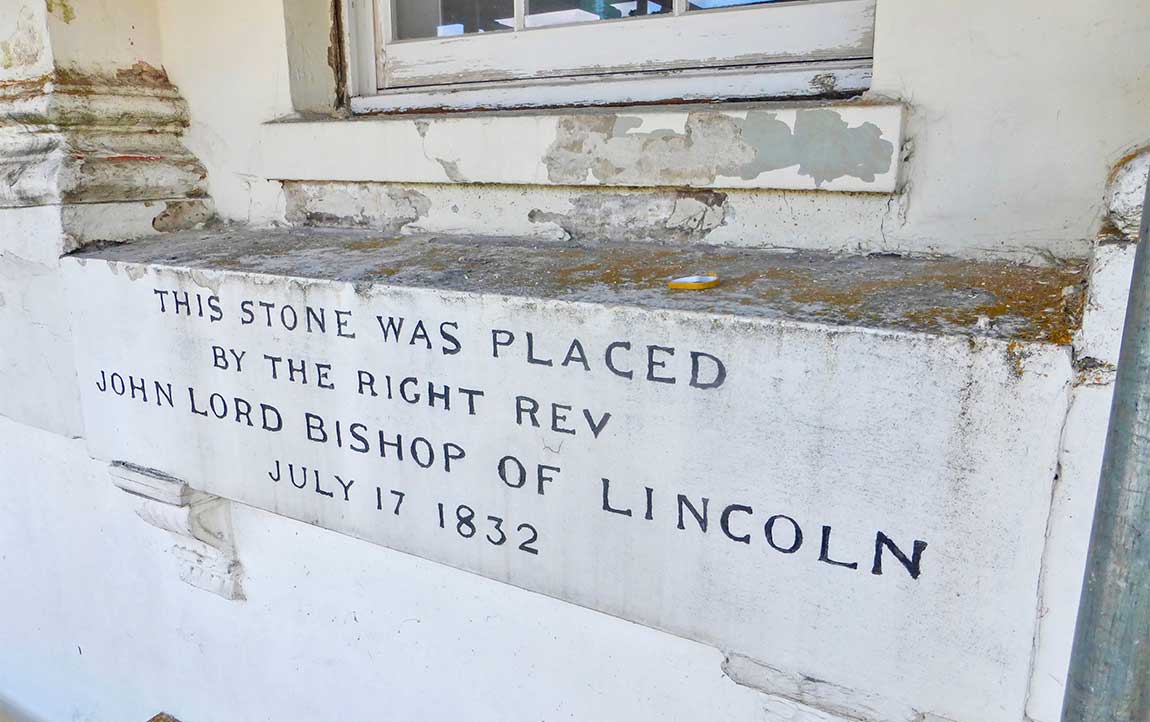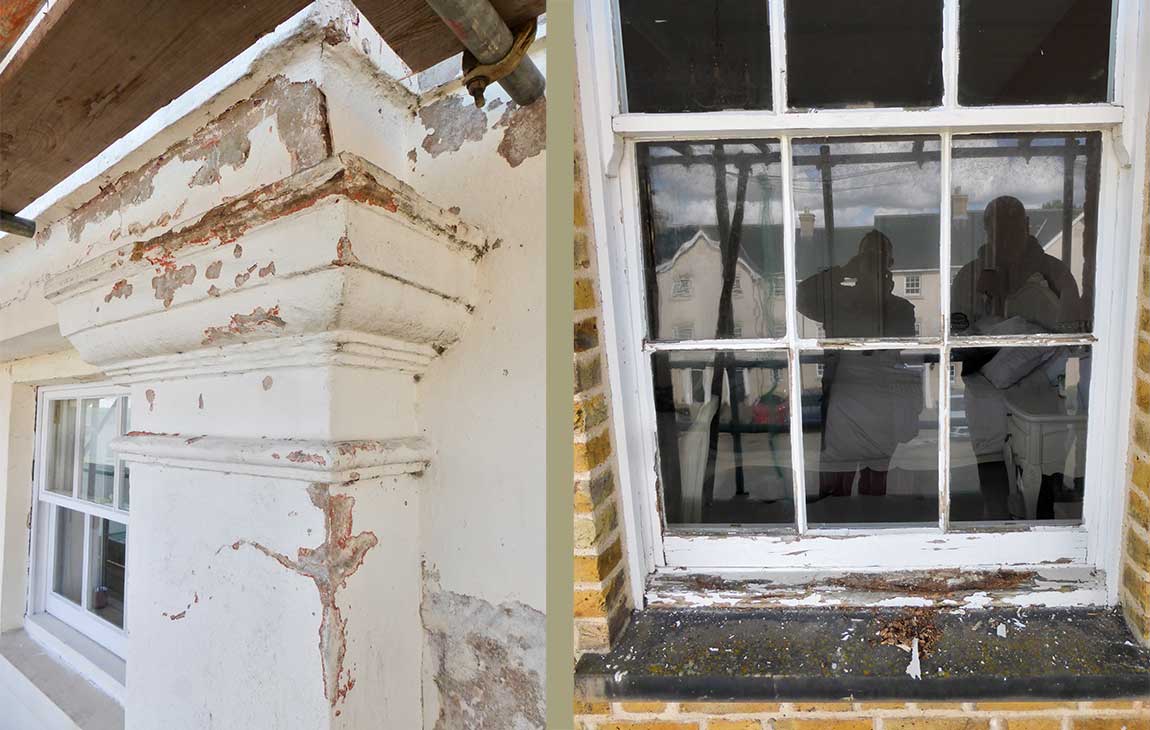Cosmetic Surgery
A Grade 2 listed building, dating from the 19th Century, that once was the county hospital. The property was redeveloped and converted into several apartments around 2000.
The building had gone without periodic maintenance for a significant period. I was appointed to undertake a condition survey of the exterior of the property; prepare and tender a specification of works for repairs and redecoration; and act as the contract administrator and liaison between the client and the contractor, when the works were on site.
Having presented a range of survey access options to the client, they opted for a drone survey. I worked with a third party drone company to undertake a visual inspection of the high level areas. While initially more economic, the drone survey did not allow close up and physical testing but was sufficient for me to prepare a specification and tender the works.
Following the erection of the scaffolding I was able to undertake a closer assessment of the high level areas. I discovered that some of the redevelopment work had not been undertaken in line with conservation best practice and key conservation repairs had been omitted entirely.
In particular the pediment statuary was in a poor condition. The group of figures within the pediment are important as they make a significant contribution to the properties historic character and the motifs reflect the building’s previous use as a hospital. The statuary is formed in moulded render, using materials and techniques typical of the 19th Century.
However, prolonged exposure to weather; poor detailing on the top of the pediment and a lack of recent repairs, meant that several areas of the statuary were badly cracked. In some instances, the ferrous armatures were exposed and corroded. Some areas had completely debonded and were found in the flower beds below.
The cracks were carefully repaired with a specialist conservation filler and the pediment was then redecorated with breathable mineral paint, to provide protection in the long term and to match patches of historic paint found on the pediment.
As well as extensive roof, render and joinery repairs to the rest of the property; the carved foundation stone - another important historic feature - also required a specialist to reinstate the indented lettering by hand. The lettering had been partially lost as a result of infilling from several previous paint schemes.
Project reference code 185.
Cosmetic Surgery
A Grade 2 listed building, dating from the 19th Century, that once was the county hospital. The property was redeveloped and converted into several apartments around 2000.
The building had gone without periodic maintenance for a significant period. I was appointed to undertake a condition survey of the exterior of the property; prepare and tender a specification of works for repairs and redecoration; and act as the contract administrator and liaison between the client and the contractor, when the works were on site.
Having presented a range of survey access options to the client, they opted for a drone survey. I worked with a third party drone company to undertake a visual inspection of the high level areas. While initially more economic, the drone survey did not allow close up and physical testing but was sufficient for me to prepare a specification and tender the works.
Following the erection of the scaffolding I was able to undertake a closer assessment of the high level areas. I discovered that some of the redevelopment work had not been undertaken in line with conservation best practice and key conservation repairs had been omitted entirely.
In particular the pediment statuary was in a poor condition. The group of figures within the pediment are important as they make a significant contribution to the properties historic character and the motifs reflect the building’s previous use as a hospital. The statuary is formed in moulded render, using materials and techniques typical of the 19th Century.
However, prolonged exposure to weather; poor detailing on the top of the pediment and a lack of recent repairs, meant that several areas of the statuary were badly cracked. In some instances, the ferrous armatures were exposed and corroded. Some areas had completely debonded and were found in the flower beds below.
The cracks were carefully repaired with a specialist conservation filler and the pediment was then redecorated with breathable mineral paint, to provide protection in the long term and to match patches of historic paint found on the pediment.
As well as extensive roof, render and joinery repairs to the rest of the property; the carved foundation stone - another important historic feature - also required a specialist to reinstate the indented lettering by hand. The lettering had been partially lost as a result of infilling from several previous paint schemes.
Project reference code 185.
